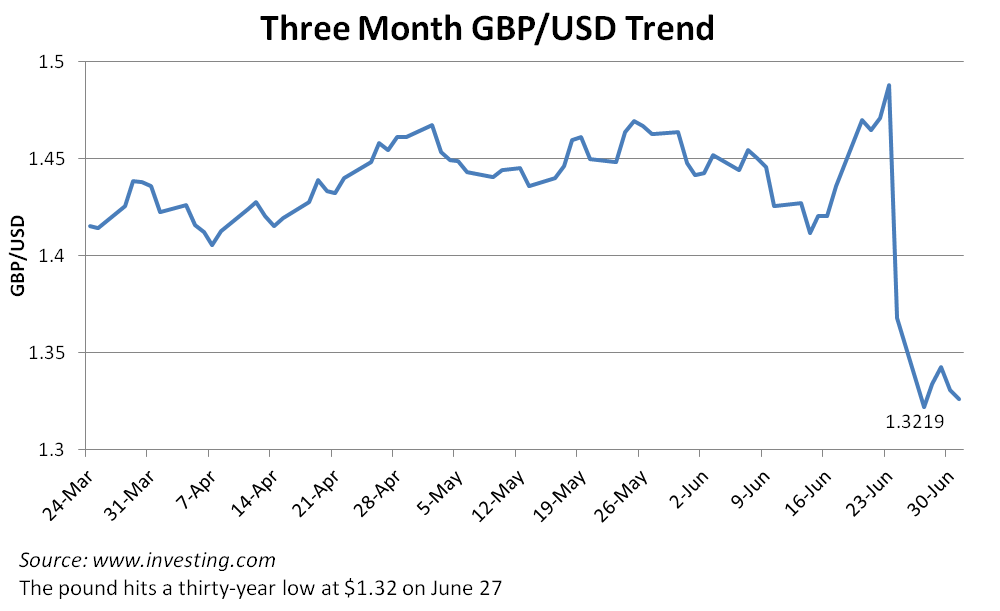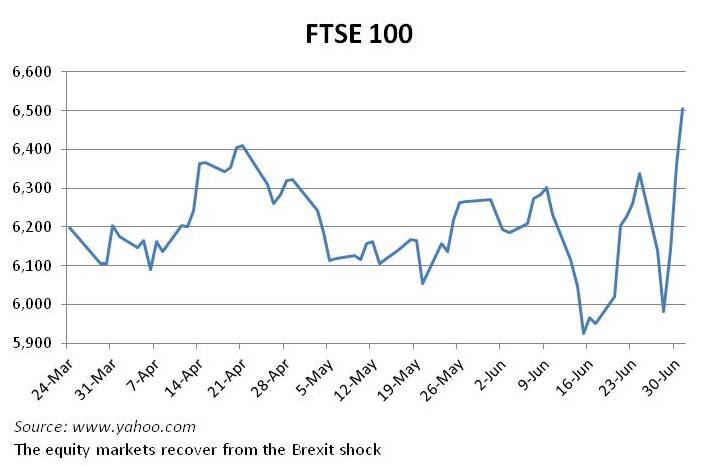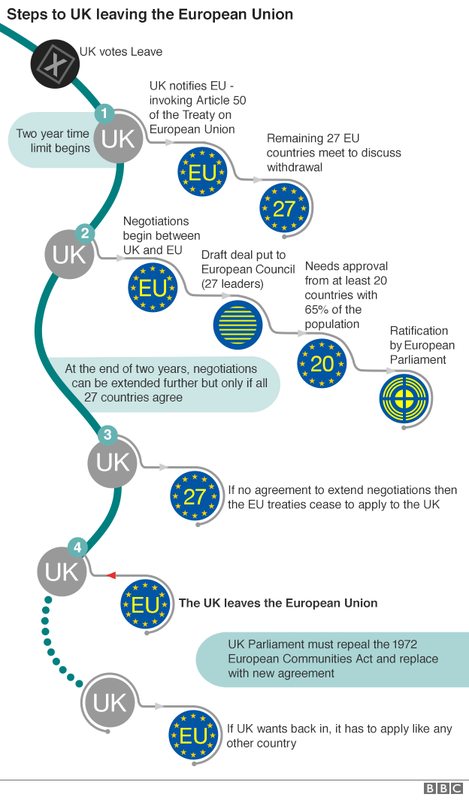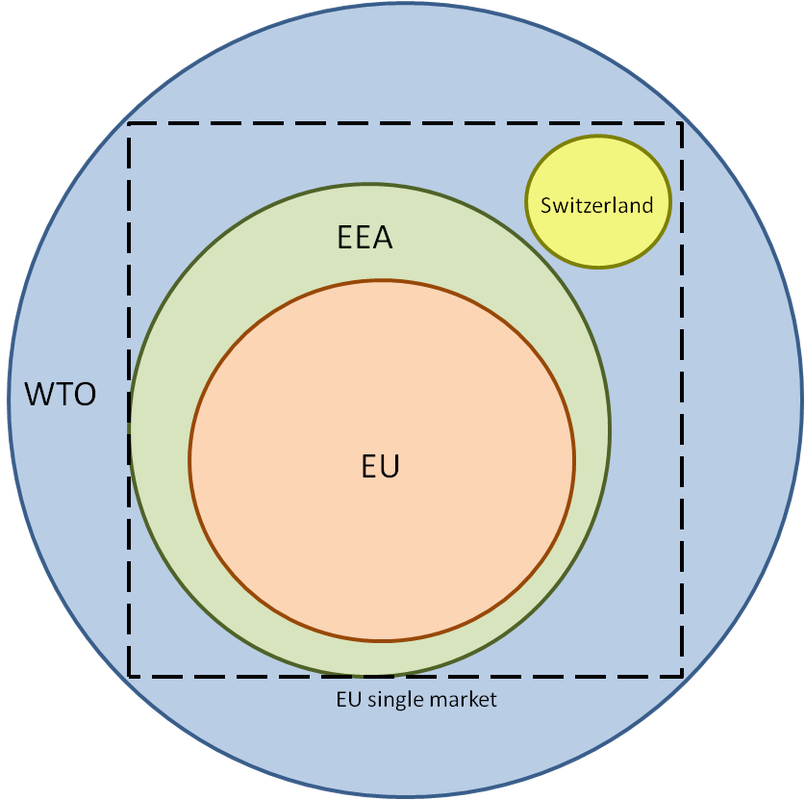Click here to read the original article, and click here to read the introduction post.
Introduction
In 2007, the state of Washington banned firms from checking applicants’ credit scores (explained in ‘Key Terms’) in the hope that it would make the labor market fairer, as applicants with poor credit scores are more likely to be poor, black, young, or all three. However, studies showed that the ban left specifically those groups with fewer jobs. Why did this happen? The answer lies in the availability of information.
Before 1970, little research was done on the importance of information. At the time, economists did believe that information availability was of paramount importance, but they assumed that it was freely available. For example, in any standard textbook, it was assumed that firms knew the productivity and utility of their workers, and could thus allocate wages efficiently.
Evidence to the contrary was met with great resistance from the economic community. In 1970, economist George Akerlof, published a paper called “The Market for Lemons”, which illustrated the fact that information is not so readily available in markets. Perhaps it was because Akerlof was very young – he had finished his PhD at MIT in 1966 and had just become an assistant professor at the University of California, Berkeley – his paper and his ideas were rejected for a long time. Journal editors dismissed his findings on the grounds that “if this is correct, economics would be different”.
“The Market for Lemons”
The theory is simple but powerful. Consider the market for cars. There are two types of cars: peaches (good quality cars) and lemons (bad quality cars). Now, suppose consumers value peaches at $10,000 and lemons at $5,000.
If buyers can tell which cars are peaches and which cars are lemons, trade for both will flourish. However, producers can mask the problems with lemons, like painting over scratches, such that consumers cannot tell the difference between the two.
Now, hesitant consumers will be willing to pay some midpoint between the value of peaches and lemons, e.g. $7,500, as they do not know whether the car they are purchasing is a peach or a lemon. Sellers who know that the car is a peach will reject the offer as it is much below the value of the car, whereas if the car were a lemon, producers would happily sell it. This is a classic example of “adverse selection” (explained in ‘Key Terms’).
Because a midpoint price would be offered to sellers, sellers will always refuse to sell peaches, and only lemons would be sold. Smart buyers would deduce that only lemons would be sold, and only offer $5,000. Because of this, information asymmetry kills the market for peaches, despite the fact that there would be people willing to buy it for $10,000 if only they knew it was a peach.
This is the basis of Akerlof’s paper: information asymmetry can eradicate the market for good products in favor of bad products.
Skepticism and signaling
Akerlof went on to win the Nobel Prize in 2001, sharing the prize with economists Michael Spence and Joseph Stiglitz. Mr. Spence’s reaction was that of incredulity – how is it that a Nobel Prize could be won by stating that some people know more than other people in markets? His criticism was not unfounded; the analogy of peaches and lemons was not even accurate in the market for cars. Clearly, it was the case that peaches were sold and that the market for peaches was not completely eradicated.
However, mainstream economics found many uses for this analogy. Take, for example, Mr. Spence’s own paper called “Job Market Signaling”. Employers would struggle to differentiate between good and bad workers – information asymmetry – so good workers signaled their value by showing employers specific things, such as a degree. As degrees are not easy to get, it is only accessible to the best candidates. Thus, workers signaled their worth to get a job.
The implication of this specific example is that degrees are used only to signal to employers their value, rather than what mainstream economics believed was the purpose of a degree: to improve the productivity and knowledge of the workers. Thus, a degree only benefits an individual looking for a job, rather than the whole society, which would have benefited from skilled workers in their markets.
In fact, another example of signaling is a candidate’s credit score. It is very hard to fake, and those with a good credit score would make more reliable employees. When the state of Washington created information asymmetry where applicants knew their credit scores, but employers did not, employers relied on other signals, such as education and experience. Because education and experience are rarer among the more disadvantaged groups than a good credit score is, this ban hampered, and not helped, these groups.
Signaling as a solution to adverse selection
Today, people overcome the problem of adverse selection by using signaling. Take, for instance, an insurance company for cars. The insurance company will get two types of drivers – risky and careful drivers. Only the driver will know which category he falls into, i.e. adverse selection. An insurance firm cannot profitably cater to the two groups equally. How does the company deal with this without knowing which drivers are risky and which ones are careful? They offer two types of insurance packages.
1. Low premiums and high deductibles (explained in ‘Key Terms’). The high deductibles would detract risky drivers, and careful drivers would be attracted low premiums (explained in ‘Context’).
2. High premiums and low deductibles. The high premiums would detract careful drivers, and risky drivers would be attracted to low deductibles.
Still, this is not a perfect solution; after all, careful drivers are still stuck with high deductibles. Just like it costs good workers a university degree to get a good job, it costs good drivers a high deductible to get a reasonable insurance plan.
Moral hazard and the principal-agent problem
The consequence of adverse selection and signaling is that people who buy insurance are more likely to take risks, a term coined as “moral hazard” when Kenneth Arrow wrote about this in 1963. In other words, moral hazard is when incentives are abused.
How do you align the interests of two parties, such as an employer and a risk-taking individual, such as an employee who is prone to slacking off? This question is referred to as the “principal-agent” problem, in which the principal, e.g. the employer, wants to make sure that his interests are aligned with the agent, the employee. The simplest solution is to reward the agent with some type of profit, i.e. bus drivers would be charged based on the number of passengers he carries. This would ensure that he does not slack off all day.
What if an agent’s hard work is not recognized? For example, what if there just aren’t any passengers for a bus driver to pick up? Another option to this problem is to provide the agents with “efficiency wages” (explained in ‘Key Terms’). Efficiency wages would be set high enough that individuals work hard; being caught and losing their job now costs a lot more.
This explains why wages do not fall to meet rising unemployment sometimes – efficiency wages are needed in order to ensure that existing workers are productive (explained under ‘Context’).
Conclusion
Research about information asymmetry reveals that in competitive markets, price is not equal to marginal costs (explained in ‘Context’) if adverse selection exists, as “good behavior is driven by earning a surplus over what one could get elsewhere”, according to Joseph Stiglitz.
As one of the revolutionary findings in economics, this redefines incentives, information availability, and equilibrium, in any job market.
Key Terms:
1. Credit score: A number that represents the creditworthiness of a person, e.g. their loan repayment record.
2. Information asymmetry: where one party has more information than another in a market.
3. Adverse selection: when information asymmetry is used before a transaction to benefit a certain party, such as when a car dealer charges more for a car than it is actually worth. Moral hazard, on the other hand, is when the information asymmetry is used after a transaction, such as when a driver with insurance drives more recklessly.
4. Premiums and deductibles: An insurance premium is the amount of money an individual must pay to purchase a policy. A deductible, on the other hand, is the amount of money the individual must pay first before the insurance covers the rest, e.g. if a car crash costs $1,000, the driver might have to pay the first $200 before insurance covers the remaining $800.
5. Efficiency wages: Wages that are above the equilibrium wage rate.
Context:
1. Why do certain combinations of premiums and deductibles attract certain types of drivers?
Risky drivers are more prone to accidents; thus, they need a low deductible to ensure that the insurance will cover most of the cost of crashes. They would be willing to pay for a high premium as long as they get the low deductible.
Careful drivers are not likely to get into an accident, so they would not need low deductibles. They will choose the package with the low premium and high deductibles.
2. Why are efficiency wages needed to ensure that workers are productive?
If efficiency wages are high enough that a worker cannot find wages as good as that in another job, the employee will make sure to work hard to retain his or her job.
3. When does price equal marginal cost? Does this apply to the labor market?
Price equals marginal cost (written P=MC) determines the price at which goods are sold in a perfectly competitive market, and only in a competitive market. Rules for determining price in other types of markets, such as monopolies, are different.
A perfectly competitive market is a market structure that is defined by four rules:
a. All perfectly competitive markets have free barriers to entry and exit. This means that it does not cost any money to join the market. Take, for example, the market for corn. To get permission to grow corn costs nothing, unlike in a monopolistic market such as tap water – there are rules and tariffs that block new sellers from selling tap water.
b. There is a large number of sellers in the market.
c. Sellers are price-takers, not price-makers. This leads on from the second rule. If someone wants to sell corn for $4 when the market price is $3, they will not sell anything. This is because consumers have a large number of alternatives – due to the large number of sellers in the market – that will sell corn for $3. In a monopoly, the firm can decide to a much larger extent what price they wish to sell the good at – consumers have no choice but to accept that price as they cannot go to another seller to buy the same product.
d. Products are indistinguishable. In the market for corn, consumers do not consider one producer’s corn superior to others as they all look, smell, and taste the same.
Now, the definition of marginal cost (MC) is the cost of producing one extra unit of a good or service. Let us take the market for corn again. Once a farmer has set up his cornfield – equipments, land and other fixed costs are paid for – he starts producing corn. Say it costs $1 to water the soil around a single corn cob and a further $2 for a worker to shuck a single corn. Then, every time a new cob is ready to be sold, it costs the farmer $3. This is what is called the marginal cost.
With this, we can look at the price determining rule, P=MC.
In the previous example, MC=3. Suppose a new supplier, Supplier 1, enters the market for corn, and wants to sell each cob for $4. Another supplier, Supplier 2, will see this and sell his cobs for $3.9, attracting all the consumers of corn. Supplier 1 will lower his cost to $3.8, and then Supplier 2 will bid it down to $3.7. The cost will keep decreasing until a supplier hits $3. The price will not go lower than that, as it means that they would be making a loss for each cob that is sold. For example, if a supplier were to set his price at $2.9, and producing one corn cob costs $3, then the supplier would be losing $0.1 for every corn cob sold.
Because the market is so large, the bidding down process will be instantaneous. Price will be as low as possible such that the producers do not make a loss. The lowest possible price is the MC. Thus, P=MC in a perfectly competitive market.
Now, consider the labor market. The suppliers of labors are potential employees, and the consumers of labor are employers. In theory, the labor market is perfectly competitive, as it fulfills all four expectations for a perfectly competitive market:
a. Free barriers to entry/exit: it costs nothing to participate in the labor force, i.e. it costs nothing to start looking for a job and stop looking for a job.
b. Large number of suppliers: lots of people participate in the labor force, either at a job or actively looking for a job.
c. Suppliers are price takers: suppliers of labor, i.e. employees, accept the market wage rate, because if they do not, another supplier will come along and work for a lower wage.
d. Indistinguishable products: because of asymmetric information, an employer might struggle to tell which candidate is better, because only the candidate knows things such as their credit score and inherent ability.
In theory, then, the P=MC rule applies in the job market. The price of labor, i.e. the wage rate, is equal to the marginal cost of labor. In a news firm, for example, the price, or wage rate, of a journalist might equal the cost of an extra article written.
This article argues against mainstream theory. Signaling, for example, makes the workers distinguishable. A university degree or a high credit score would mean that the candidate is better than another candidate who has no university degree and a low credit score. Thus, the market for labor is not perfectly competitive, and P no longer equals MC. A great journalist might be paid a high efficiency wage, much more than the cost of writing an extra article, to encourage him to stay with the firm and work efficiently.





 RSS Feed
RSS Feed
